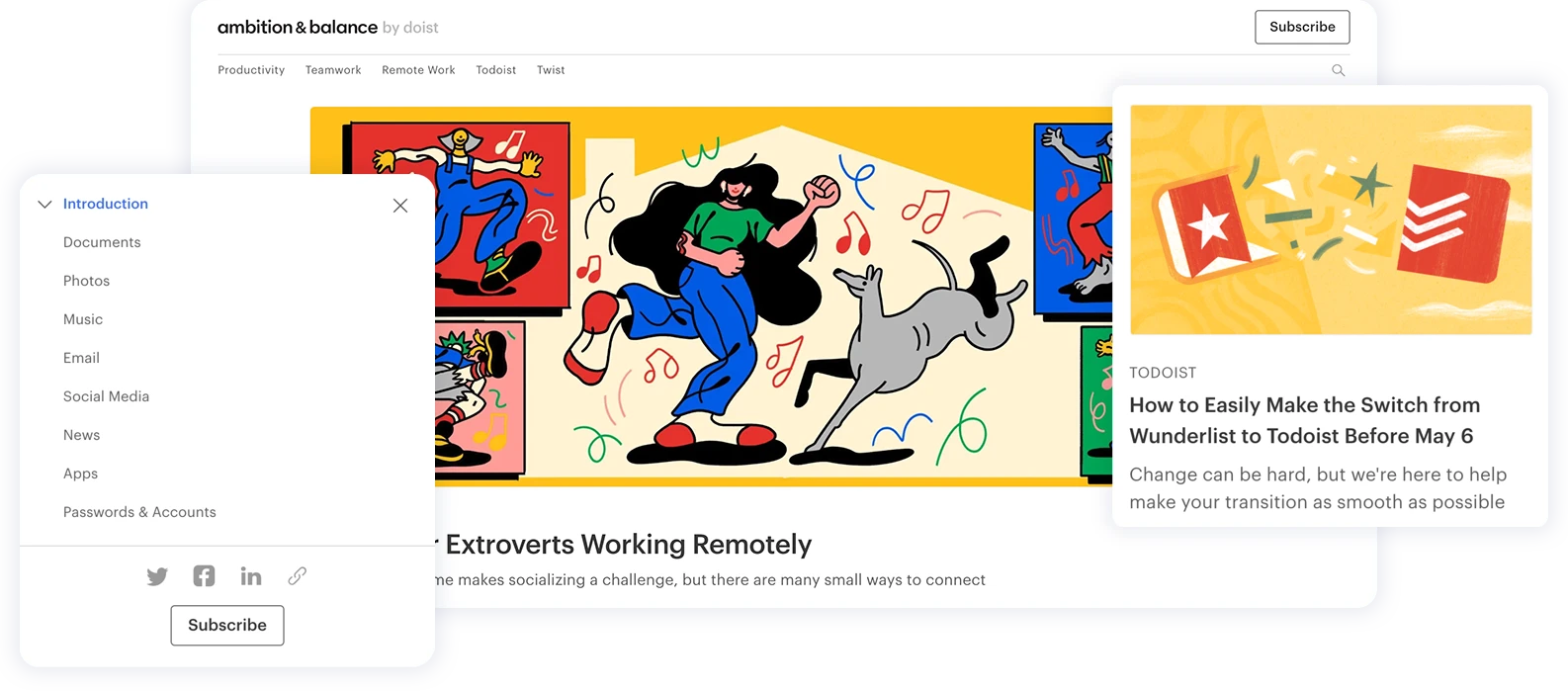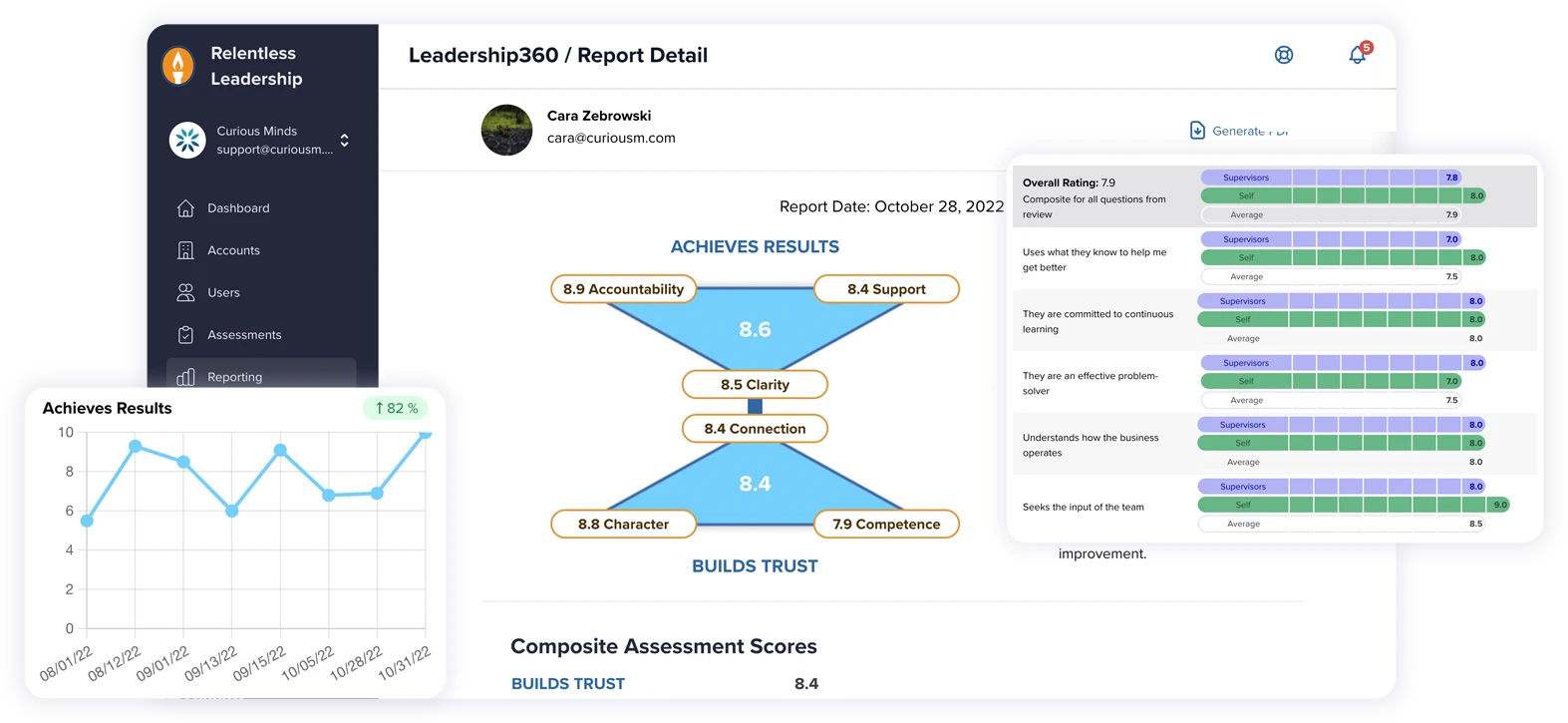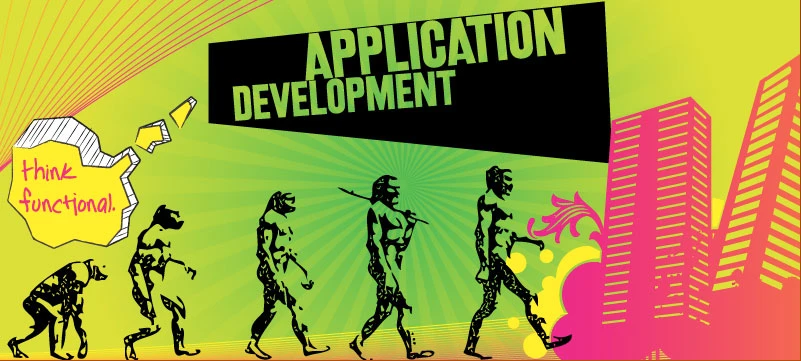Nowadays, more and more businesses and developers would like to find new ways of improving users' experience on websites. Now, with the chatbots, user interaction and customer support are about to be revolutionized. It was said that they can raise user engagement as high as 30% and cut expenses on customer support by half.
As technology grows, knowing how AI chatbots are changing web development helps stay ahead.
Adding smart chatbots to websites means developers can meet and even go beyond what users expect. These improvements help create platforms that understand and meet individual needs, making the user experience better.
The Evolution of Web Development: From Static Pages to Dynamic Experiences
Web development has seen remarkable changes since its inception, evolving from plain, static pages into complex, dynamic experiences. Initially, websites were more like digital brochures, offering content that stayed the same until a developer made manual updates. This static approach significantly limited how users could interact with the site.
Things started to change with server-side scripts like PHP and ASP.NET. These allowed websites to update content based on user actions or other factors. This made it possible to create features like user sign-ups, comment sections, and online stores.
As people wanted more from websites, new tools were developed. JavaScript frameworks like React, Angular, and Vue.js made it easier to build interactive web apps. These tools helped create more engaging experiences and faster-loading websites, keeping users interested.
AI technologies are key in modern web development. AI chatbots enhance user interaction by providing help in real-time, personalized advice, and easy navigation. This isn't just about adding new features; it changes how users interact with websites.
As more people use mobile devices, responsive design becomes essential. Ensuring that websites look good and work well on different devices and screen sizes is vital for developers. This shows the need for creating web experiences that are both attractive and user-friendly.
Chatbots And User Experience
Chatbots are quickly becoming important tools for better user interaction on websites. They give real-time help and a personalized touch that old interfaces can't. People today want quick answers and custom experiences, which is where chatbots shine.
Integrating chatbots onto your website offers a significant advantage in providing immediate support. Whether it is addressing frequently asked questions or guiding users through the site, AI chatbots substantially minimize user frustration. This rapid assistance encourages users to stay longer and explore further, thereby enhancing overall engagement.
Large strides in AI have moved the modern chatbot beyond simple Q&A. In such ways, these smart bots would understand the context, spot patterns, and adapt to the users' needs accordingly. A chatbot operating on an e-commerce website, for instance, could remember previous purchases to recommend similar products that better align with your preferences, and as such, making shopping personal.
Besides, chatbots remarkably boost the productivity of a business. While the chatbot is busy sorting out routine inquiries and questions, human staff can then invest more time in solving complex problems, which increases productivity. Therefore, the dual advantages of improving user experience and smoothing internal operations make chatbots an indispensable asset for any website looking to optimize both user satisfaction and operational efficiency.
Lastly, chatbots are flexible and can continuously improve. As they interact with users, they collect useful data and feedback, which can refine their algorithms and boost their effectiveness. This ongoing learning process ensures user interaction stays relevant and engaging, meeting the changing needs of modern users.
The Role of AI in Creating Smarter, More Intuitive Websites
Artificial Intelligence (AI) is key to making better, smarter websites. With AI chatbots, developers can create sites that know what users need and respond immediately. These chatbots do more than just answer questions; they learn from each chat to improve in the future. This personalized approach greatly increases user engagement and satisfaction.
A big advantage of AI in web development is its ability to look at a lot of user data. Machine learning checks this data to find patterns, which can help tailor the user experience. For example, AI can track which products a user likes and suggest similar items, making shopping easier and more enjoyable.
Also, AI helps by taking over repetitive tasks that usually take up a lot of developer time. This includes generating standard code and fixing mistakes. By handling these tasks, AI lets developers focus on more complex work like creative design and problem-solving. This speeds up the development process and improves website quality.
In terms of accessibility, AI chatbots offer real-time help, making it easier for everyone to use websites. Voice recognition and natural language processing (NLP) let these chatbots interact more like humans, improving the user experience.
Technical Deep Dive: Building AI Chatbots
Creating an AI chatbot may seem daunting at first, but we're here to simplify it for you. At the heart of these intelligent chatbots are cutting-edge technologies that enable them to comprehend and respond to user interactions. Natural Language Processing (NLP) and Machine Learning (ML) are the primary technologies behind this magic.
NLP: Natural Language Processing is the key to helping chatbots grasp and interpret human language. It uncovers user intent, extracts essential details, and can even sense mood. With advancements like OpenAI's GPT models, chatbots have become adept at engaging in natural, human-like dialogues.
ML: This helps chatbots learn from their interactions. By training on huge amounts of conversation data, chatbots get better at giving the right responses over time.
Real-World Examples: Chatbots in Action
Beyond its general application, OpenAI's GPT models are also being used to power a wide array of chatbots on websites anp mobile apps across different industries. Some prominent examples include:
Expedia
Expedia has launched a beta version of a travel planner in its app that uses ChatGPT. Travelers can chat with the chatbot to get recommendations on destinations, accommodations, transportation, and activities. The AI-powered planner also saves hotels discussed in the chat to a "trip" within the app, helping you stay organized and making booking easier. You can even start a trip planning conversation on the ChatGPT website and then move to Expedia to book when ready. This shows how OpenAI's technology can make travel planning more interactive and efficient.
Stripe
Stripe, a major online payment platform, has added GPT-4 to its documentation system. Developers can ask natural language questions within the documentation and get relevant answers from GPT-4. This feature aims to save developers time, allowing them to focus more on building and innovating. By using GPT-4, Stripe provides advanced tools that help streamline development processes and drive business growth.
H&M
H&M, one of the world's largest fashion retailers, uses an AI-powered chatbot to help customers find exactly what they are looking for. In addition to simply answering customer queries, it even makes personalized fashion suggestions based on user preference and past purchase history. This intelligent use of AI boosted customer satisfaction and turned a page upward in sales conversion rates, speaking volumes on the flexibility and efficiency that AI chatbots demonstrate in the same industry.
Preparing for the Future: Trends to Watch in Chatbot-Driven Web Development
The advent of chatbots in web development is just the start of a big change in digital interaction. As AI technology improves, several important trends are emerging that web developers, UX/UI designers, and business leaders need to watch.
First, we are seeing the rise of conversational AI. These are not just simple bots but advanced systems that can understand and respond to complex questions with human-like accuracy. This change is improving the user experience by making interactions more natural and engaging.
Another key trend is the mixing of chatbots with other AI technologies, like machine learning and natural language processing (NLP). This combo allows for a more personalized experience. Chatbots can learn from user interactions to give tailored responses. This ability to learn and predict user needs quickly becomes a big factor in improving customer satisfaction and retention.
Voice-activated chatbots are also becoming popular. As smart speakers and voice assistants become common in homes, adding voice-controlled chatbots to websites makes sense. This trend is especially important for accessibility, making it easier for people with disabilities to use and interact with websites.
Lastly, keep an eye on the growing trend of chatbot analytics. Data insights from chatbot interactions are crucial for improving user experience. These analytics can help businesses understand user behavior, issues, and preferences, allowing for ongoing improvement and innovation.
In summary, the future of chatbot-driven web development looks bright, with AI improvements, personalized experiences, voice integration, and analytics leading to more engaging and accessible web interactions.
Balancing Innovation with User-Centered Design
Web development is changing fast, and AI chatbots are a key part of this change. These smart systems improve how users interact with websites, make things more personal, and easier to use. By keeping up with new trends and focusing on what users need, developers and business leaders can make the most of AI-driven website interaction.
This doesn't just make websites work better but also makes users more engaged. Adopting these new tools will keep your web projects ahead of the game, offering great experiences that meet and even go beyond what users expect today.
How Curious Minds Can Help
At Curious Minds, we are passionate about crafting cutting-edge web experiences intertwined with AI chatbots driven by the most advanced technology such as OpenAI. Our team of expert developers and UX designers is here to help you tap into the power of AI, improving user engagement and automating your operations to take your brand to the next level.
Whether you want a new website with intelligent chatbot features or want to upgrade one that's been on the platform, where there's expertise and passion, Curious Minds can deliver.



















